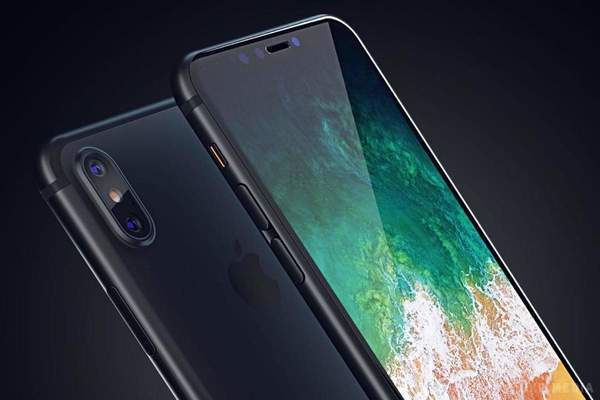Experts spoke about the pros and cons of frameless smartphone

2017-12-14 23:42
Experts spoke about the pros and cons of frameless smartphone
The demand for devices of this type continues to grow.

Sign up for news “UkrMedia” in Facebook, Twitter or Google+
Frameless called smartphones, the display of which is more than 90% of the area of the front panel, gadgets that only have one tag (usually lower).
About it writes Rus.Media .
In the world of smartphones frame is one of the characteristics of the design, around which are the most fierce debate. If you follow the latest mobile technologies, such as the release of the new iPhone X, you probably have an idea of what constitutes the framework, but not everyone knows why they are so important.
What is framework and why do they matter?
Display frame is a panel which serve for fastening the sensor or the touchscreen and is a part of the body, which is designed to increase the rigidity of the touchscreen. Most modern versions of smartphones have extremely thin, almost invisible frames. The image showcased three models of the iPhone including version X, which is located in the middle. It has a very slim frame.
By reducing the size of the frames, the manufacturers can increase the surface of the screen. For example, the iPhone X has a larger screen compared to the iPhone 8 Plus, although its size is smaller.
Samsung and Google were the founders frameless trend in 2011
A collaborative effort was the release of the Samsung Galaxy Nexus with a narrow frame around the screen. Nexus is the first device in which a physical button replaced virtual.
The majority of theenthusiast appreciated almost masramon smartphones
A striking example is the reaction of the journalists The Verge Dieter bona on the Essential mobile Phone. Gadget entered the number of devices with the thinnest frames on the market.
“Giant phones with larger frames seem really ridiculous after using this smartphone,” said Bon.
However, fans are not losing out
Both supporters and opponents of the framework vehemently defend their position. How do you think the first, good design is not only limited to appearance. Must also be considered and ease of use. Simply put, thanks to the frame around the screen smartphone is more convenient to use and keep it in your hands, they say.
iPhone X became the subject of fierce dispute
With the release of iPhone X the journalists split into two camps, one appreciated the frameless design of the smartphone, others considered it a disadvantage. For example, the journalist of the edition of Wired, Steven levy wrote in his review:
“iPhone X – large screen in a compact form factor. I believe that the screen was noticeable and very nice progress compared to my old iPhone 7”. At the same time the journalist of The Verge Nilai Patel considered the scope narrow enough. “A fact that cannot be ignored, it has become quite a large frame around the screen,” he wrote.
However, Business Insider reporter Ben Gilbert smartphone seemed pretty uncomfortable.
“The lack of a framework in iPhone X means not only that I’m more likely to accidentally press, I also worry about the fact that I could lose him. Instead to hold fast to the gadget, I would probably have to put it on my hand so as not to obscure the screen with your fingers,” says Gilbert.
The growing popularity of the thin part is connected not only with the design
Promotion frameless displays and the growing popularity of moocs are linked, says the founder of Studio New Deal Design’s Gadi Amit. According to him, modern smartphones have many functions, in addition to the main – they can be used as e-readers e-books, TV-screens, mini-computers, etc.
“The Telecom operators, manufacturers and platforms such as Google and Apple – they are all interested in providing a growing number of video,” explained Amit.
What will smartphones look like in the future?
It is no secret that Apple has a significant impact on the industry, and many companies will follow suit, abandoning the framework on the smartphone.
According to forecasts of the publication of The Next Web, the manufacturers will reduce the size of the part and “eventually someone will invent a way to hide the front camera and speakers, turning the smartphone into a continuous screen.”











